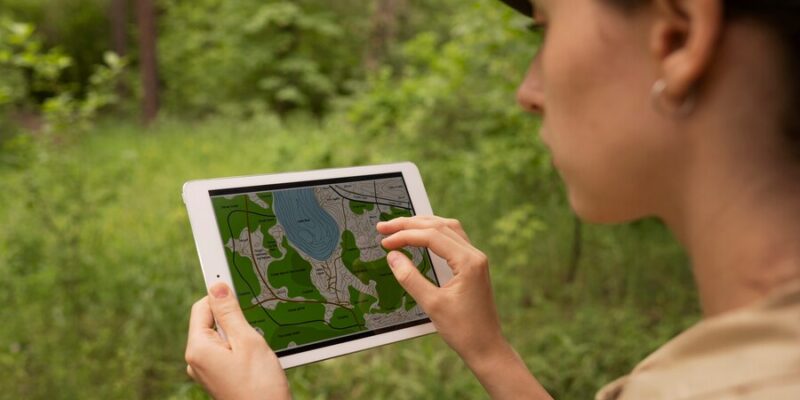Utilizing technology for wildlife monitoring is pivotal in advancing conservation efforts and understanding the behavior of diverse ecosystems. This blog provides a comprehensive guide on how to use technology for wildlife monitoring, showcasing innovations such as sensors, drones, and AI to collect critical data for conservation initiatives.
Introduction:
Technology plays a vital role in wildlife monitoring, providing researchers and conservationists with valuable insights into the habits and populations of various species. This guide explores key steps and technologies involved in using tech for wildlife monitoring, contributing to conservation efforts and biodiversity preservation.
Key Steps to Use Tech for Wildlife Monitoring:
- Select Appropriate Monitoring Technologies: Choose suitable monitoring technologies based on the target wildlife species and environmental conditions. This may include camera traps, acoustic sensors, satellite tracking, and drones. Tailor the technology to the specific needs of the monitoring project.
- Deploy Camera Traps: Set up camera traps in strategic locations to capture images and videos of wildlife in their natural habitat. Camera traps are non-intrusive and provide valuable data on animal behavior, population density, and species diversity.
- Utilize Acoustic Sensors: Implement acoustic sensors to capture and analyze sounds in the environment. Acoustic monitoring is effective for studying nocturnal species, identifying vocalizations, and assessing biodiversity based on audio data.
- Integrate Satellite Tracking: Employ satellite tracking technology to monitor the movements and migration patterns of wildlife. This is particularly useful for tracking large mammals, birds, and marine species, providing insights into their spatial ecology.
- Deploy Drones for Aerial Surveys: Utilize drones to conduct aerial surveys for wildlife monitoring. Drones can cover large areas, capture high-resolution images, and gather data on habitat conditions. They are particularly effective in remote or challenging terrains.
- Implement AI for Data Analysis: Leverage artificial intelligence for the analysis of collected data. AI algorithms can process large datasets from camera traps, acoustic sensors, and satellite tracking to identify species, assess population trends, and detect anomalies.
Conclusion:
Using technology for wildlife monitoring is a game-changer in conservation efforts. By following the steps outlined in this guide, researchers and conservationists can leverage innovative technologies to gather precise and meaningful data, contributing to the preservation of biodiversity and the protection of wildlife habitats.






















Comments